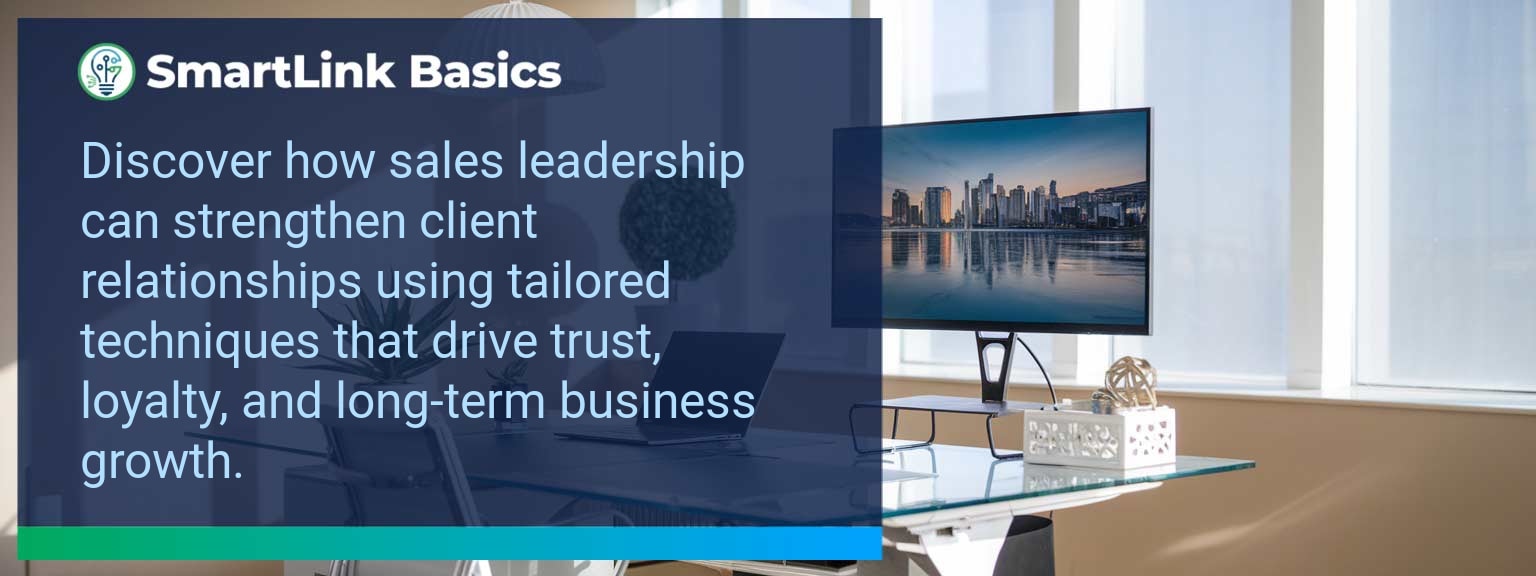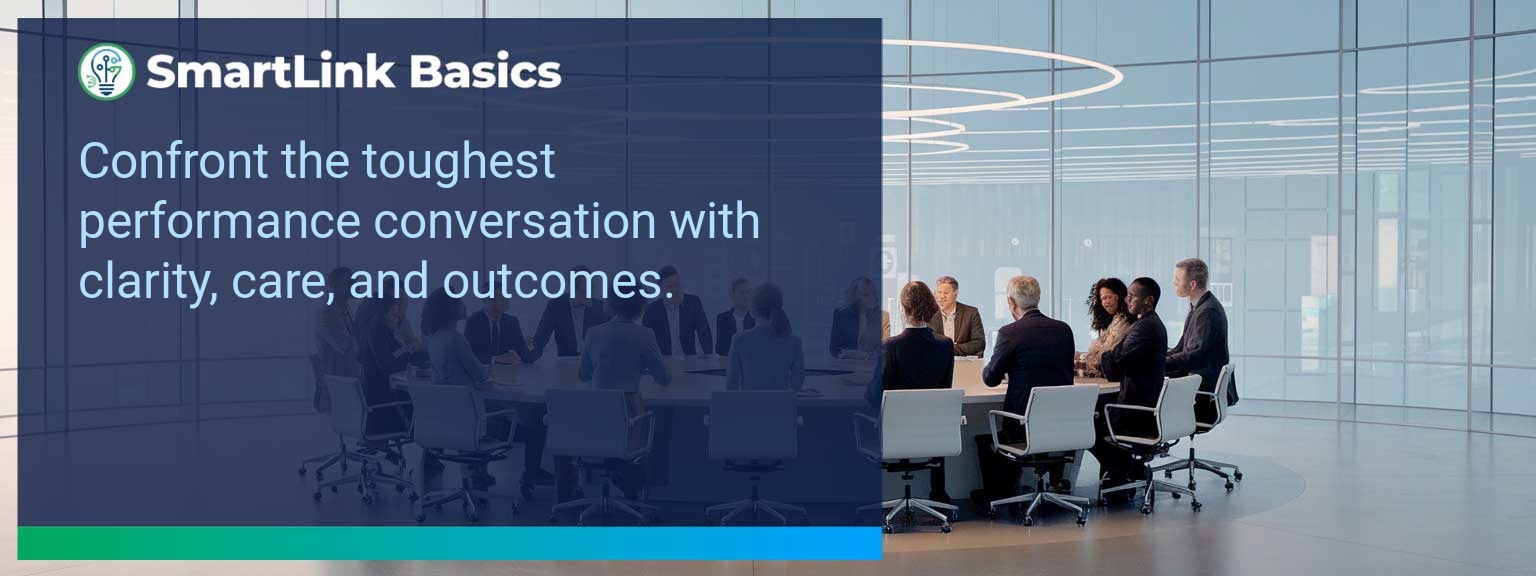Industry data shows that organizations adopting AI-driven automation achieve cost reductions of up to 30% while accelerating sales cycles by 20% or more (McKinsey, 2024). For sales leaders, AI automated workflows now define competitive advantage, enabling teams to reallocate time from repetitive tasks to high-value engagements. At SmartLink Basics, we help decision-makers implement these systems strategically, ensuring they integrate with existing revenue operations. In this article, you’ll see how AI automated workflows power business outcomes, the common obstacles that slow adoption, and practical steps to optimize processes. You’ll walk away with proven examples, a 90-day action blueprint, and measurable KPIs to track results.
- Automate repetitive administrative and CRM updates with AI.
- Integrate machine learning to personalize outreach at scale.
- Streamline approvals, quotes, and contract workflows for speed.
- Use predictive analytics to prioritize sales opportunities.
- Track adoption and performance with targeted metrics.
AI Automated Workflows: What Changed and Why It Matters
AI adoption has shifted from experimental to operational, making automated workflows a standard in high-performing sales organizations. The real advantage lies in combining workflow automation with artificial intelligence workflows to optimize every step of the revenue process. Sales leaders now use AI to synchronize touchpoints, reduce manual inputs, and ensure faster execution. For example, a B2B SaaS leader introduced automated lead enrichment and routing, cutting qualification time by 60%. Actionable insight: Audit processes for time-intensive handoffs and apply AI where repeatability is high.Redesign the Revenue Operating System With AI Automated Workflows
ICP, Segmentation, and Targeting AI-enabled segmentation uses historical wins, firmographic, and behavioral data to dynamically update ICP profiles. This ensures targeting precision without quarterly re-work. Pipeline Architecture Automated workflows push opportunities through the right stages based on engagement signals. AI flags at-risk deals for intervention. Plays and Messaging Integrated automation tools deliver personalized sequences based on buyer activity, increasing relevance at every touchpoint. Operating Cadence AI schedules follow-ups, forecast calls, and account reviews based on actual pipeline movement rather than static calendars. Actionable insight: Implement automation that adapts in real-time to both internal and buyer-driven events.Common Obstacles To Achieving Seamless Automation
The most frequent challenges are fragmented systems, inconsistent data quality, and cultural resistance. Without a unified data layer, automation amplifies errors rather than solving them. Coca-Cola Europacific Partners reported needing a full data governance upgrade before AI could improve sales workflows. Leaders must first assess infrastructure readiness and train teams to trust AI-influenced recommendations. Actionable insight: Before deployment, establish clean data practices and a single source of truth.Implementing AI To Optimize Workflows
Effective deployment of AI process optimization starts with mapping current-state processes, identifying friction points, and matching them with automation tools. For example, automating proposal generation based on CRM opportunity data can reduce turnaround from three days to one hour. Solutions combining business process automation platforms with machine learning integration enable continuous performance improvement. Actionable insight: Pilot in one high-impact stage, measure, and then expand.Tangible Benefits From Automated Processes
The benefits extend beyond time savings — sales leaders gain a scalable system. Tangible outcomes include faster quote-to-close, higher lead conversion, and better forecast accuracy. A manufacturing firm implemented AI-assisted order processing and cut errors by 40%, improving on-time delivery rates. Actionable insight: Track both speed and accuracy to measure workflow automation effectiveness.Metrics That Matter
| Category | Metric | Definition | Target |
|---|---|---|---|
| Leading | Workflow Completion Rate | % of automated sequences executed without manual intervention | 95%+ |
| Leading | AI Suggestion Adoption Rate | % of AI-generated action recommendations executed by reps | 80%+ |
| Lagging | Cycle Time Reduction | Decrease in time from lead entry to closed-won | 20%+ |
| Lagging | Revenue Per Rep | Average sales revenue generated per sales rep per quarter | +15% YoY |
| Quality | Automation Error Rate | % of workflows that trigger incorrect outcomes | <1% |
| Quality | Customer Satisfaction Post-Automation | Average CSAT score after automation implementation | ≥ 4.5/5 |
Innovations And Next Steps For AI Automation
Emerging capabilities like AI-generated playbooks, intent-driven dynamic routing, and integrated AR for virtual product demos are shaping the next wave of sales automation. Companies integrating these tools early will outpace competitors in speed and personalization. Actionable insight: Stay ahead by testing emerging automation features quarterly and aligning them with evolving buyer expectations.Get the 90-day plan, coaching rubric, and dashboard template to operationalize AI in your enablement program.
Turning AI Automation Into a Revenue Multiplier
AI automated workflows are now a strategic lever for predictable, scalable growth. This guide outlined current applications, adoption challenges, a 90-day execution plan, and measurable success criteria. To make automation pay off, sales leaders should integrate tools into one cohesive operating system and review results monthly for continuous improvement. Access more AI-driven sales enablement resources from SmartLink Basics to design a high-performance automation strategy. Market-leading companies know that client relationships are not sustained by chance, but by strategic intent and measured action. SmartLink Basics works with sales leaders who understand that trust and loyalty drive recurring revenue but often struggle to operationalize the right sales strategy. Effective Sales Leadership ensures that every client interaction aligns with defined outcomes, targeted value, and measurable performance indicators. This approach is even more critical as client expectations shift toward personalized engagement. In this article, you will learn how to implement tailored sales techniques that strengthen client bonds, improve sales team performance, and accelerate business development. Expect actionable frameworks, proven sales techniques, and practical measurement methods you can put to work immediately.- Define and segment your Ideal Client Profile to prioritize high-value relationships.
- Adapt your sales techniques to client-specific needs and decision-making styles.
- Enhance sales team performance with consistent, measurable engagement protocols.
- Build trust through consistent delivery, transparent communication, and tailored value.
- Measure outcomes using both leading and lagging sales indicators.
What Changed And Why It Matters Now In Sales Leadership
The sales environment has shifted from transactional engagement to relationship-driven growth. Clients now assess vendors on the relevance of solutions, the speed of response, and the depth of understanding of their objectives. For Sales Leadership, this means every sales strategy must be rooted in personalization and client relationship management. In practice, this demands more than CRM adoption. It requires specific plays, messaging, and operating cadences aligned to client needs. A global B2B services firm that reshaped its pipeline to focus on high-value accounts saw its opportunity close rate improve by 18% within six months. Aligning your team around this model protects margins while increasing client retention.Redesigning The Revenue Operating System For Stronger Client Bonds
A well-built revenue operating system unifies targeting, messaging, and execution. ICP, Segmentation, and Targeting: Start by defining segments where your offer delivers the strongest ROI. Avoid chasing every lead; instead, concentrate resources on accounts with the right growth potential. Pipeline Architecture: Map sales stages around client buying cycles, not just internal steps. This ensures your team engages at the right time with high-value content. Plays and Messaging: Develop targeted plays that address specific challenges uncovered in discovery. Messaging should progress from problem recognition to value reinforcement. Operating Cadence: Establish a rhythm of relationship touchpoints, performance reviews, and opportunity progression. Consistency ensures no client feels undervalued.Common Obstacles In Building Strong Client Bonds
Even the best-intentioned sales teams face challenges. These include over-reliance on reactive communication, lack of individualized follow-ups, and inconsistent application of sales techniques. Sales Leadership must address internal silos that cause disconnected client experiences. For example, a software provider that failed to align its customer success and sales functions saw churn rise despite competitive pricing. The fix involved unifying messaging and introducing a joint account review process led by both departments.Tailored Sales Approaches That Drive Engagement
Personalized selling is the foundation of client loyalty. This requires a deep understanding of each client’s pain points, procurement pace, and decision influencers. Leaders should empower teams with client-specific playbooks, incorporating relevant data, past interactions, and anticipated needs. For instance, an industrial supplier doubled renewal rates after training account managers to anticipate reorder cycles and initiate outreach two weeks earlier. When executed well, tailored sales techniques position your business as a trusted advisor rather than a transactional vendor.Positive Outcomes From Effective Relationship Building
Strong client bonds translate to higher lifetime value and more predictable revenue streams. Companies often see rapid gains in referral business, contract expansion, and reduced churn. One multinational saw customer loyalty scores rise 22% after embedding proactive check-ins into their account management cycles. These are measurable results directly linked to effective client relationship management, guided by clear sales strategy.The Next Chapter In Client Relationship Growth
The competitive edge will belong to those who treat personalization as an operational discipline. Sales Leadership must continuously refine segmentation, messaging, and engagement frameworks to evolve alongside client needs.Metrics That Matter
| Category | Metric | Definition | Target |
|---|---|---|---|
| Leading | Client Engagement Rate | Percentage of target clients with active dialogue in the last 30 days | 85% |
| Lagging | Client Retention | Percentage of revenue retained from existing clients year-over-year | 95% |
| Quality | Net Promoter Score (NPS) | Client’s likelihood to recommend your organization | +60 |
Get the 90-day plan, coaching rubric, and dashboard template to operationalize AI in your enablement program.









